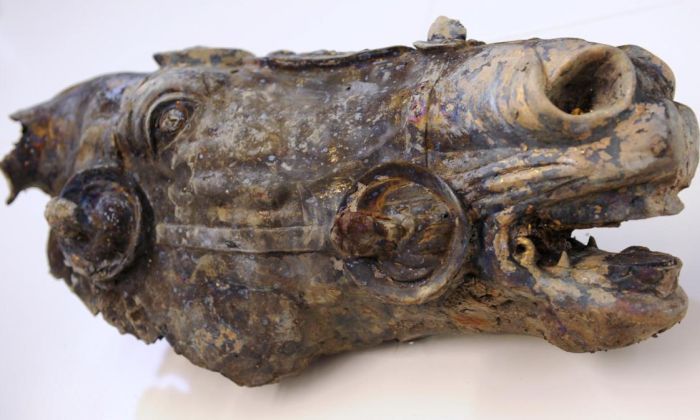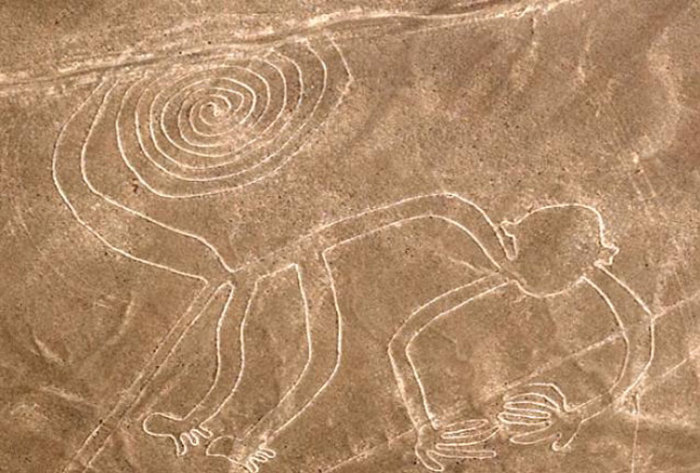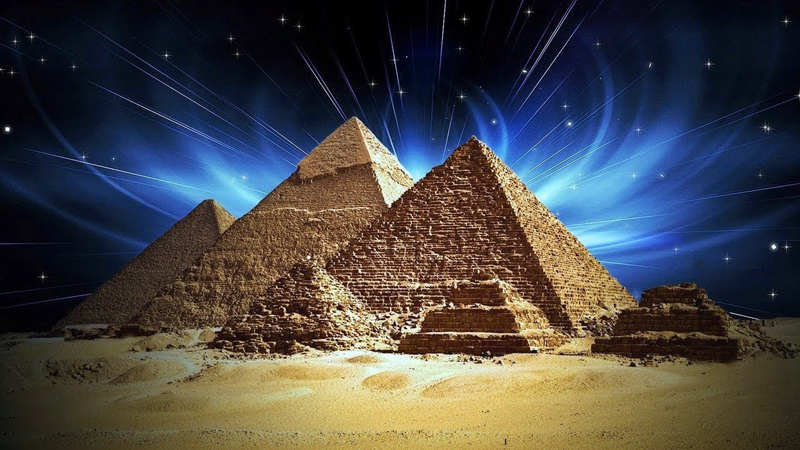boats were moored
Skulls with patterns and other mysteries of the ancient Turkish city of Gobekli Tepe, which became an archaeological sensation
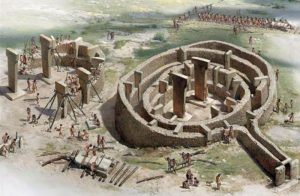 The place where the ruins of Gobekli-Tepe are located first came to the attention of scientists back in the 1960s. However, at first almost no one paid attention to the archaeological find. Only at the turn of the XX-XXI centuries, the scientific community recognized the great importance of this temple complex, which harbors many mysteries and makes rethink the whole history of mankind.
The place where the ruins of Gobekli-Tepe are located first came to the attention of scientists back in the 1960s. However, at first almost no one paid attention to the archaeological find. Only at the turn of the XX-XXI centuries, the scientific community recognized the great importance of this temple complex, which harbors many mysteries and makes rethink the whole history of mankind.
1. The scale of construction causes only guesswork.
For a long time nobody knew about Gobekli-Tepe. Nearby residents, who plowed up a field here and grew oats, continually cleaned the stones that prevented them, did not even suspect that in this way they destroyed the upper part of the temple, built back in the Stone Age.
Near the round-shaped sanctuary, archaeologists have discovered several smaller structures. Since there are no signs that the people lived here, the buildings were most likely intended for rituals. Continue reading
Ambiguous facts from the Bible, about which today archeologists and religious scholars argue
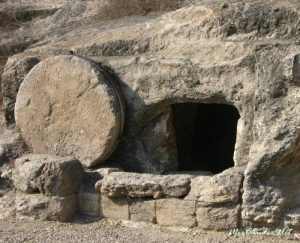 Perhaps there is no other such book in the world in which so many contradictions are found as in the Bible. There are constantly heated debates between atheists, archeologists and religious scholars, and the main one is whether the Book of Books can be regarded as a reliable historical source.
Perhaps there is no other such book in the world in which so many contradictions are found as in the Bible. There are constantly heated debates between atheists, archeologists and religious scholars, and the main one is whether the Book of Books can be regarded as a reliable historical source.
1. Gummy in the mask of mummies
In one of the ancient Egyptian tombs a unique find was made – in the burial mask of the pharaoh they found a fragment of the oldest known Gospel. Scientists believe that this text dates from the I century of our era. The content of the text archaeologists do not disclose. It is only known that the burial mask was made of flax with the addition of glue and paint. Inside the mask were found and other documents – personal and business letters of the deceased. It was they (and also the hydrocarbon analysis) that made it possible to determine the exact age of the burial and papyrus.
It is believed that all the books written under the general title “Gospel” were written several decades after the earthly life of Jesus. Today, the oldest copy of the Gospel texts dates from the II-III centuries. Continue reading
Plumbing, civil rights and technology: What the world lost when the Greeks conquered Troy, and the arias – the Dravidians
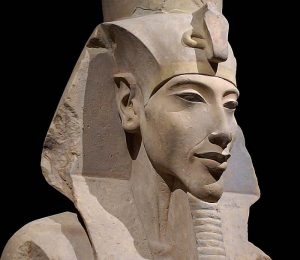 The legends of dark times in Europe and Asia are full of enthusiasm for the lost civilizations, developed so high that the listeners of these legends could hardly believe. Much later, with scientific progress, Europeans began to relate to these traditions with increasing skepticism: it is clear that the world is developing from simple technologies to complex ones, where can complex technologies come from simple ones? With the development of archeology, mankind again had to believe in lost civilizations. At least, in comparison with the narrators of the legends, they were very realistic. No Atlantis and aliens – the creations of the human mind and hands.
The legends of dark times in Europe and Asia are full of enthusiasm for the lost civilizations, developed so high that the listeners of these legends could hardly believe. Much later, with scientific progress, Europeans began to relate to these traditions with increasing skepticism: it is clear that the world is developing from simple technologies to complex ones, where can complex technologies come from simple ones? With the development of archeology, mankind again had to believe in lost civilizations. At least, in comparison with the narrators of the legends, they were very realistic. No Atlantis and aliens – the creations of the human mind and hands.
During the end of the Bronze Age, something happened that could be called the Apocalypse – at least for several developed cultures at once. Natural disasters and economic crises began to shake them, and the final blow struck the raids of much less developed nations. For a long four centuries, barbarism reigned in the lands where before that people used baths, studied science, composed poems and traded with cities on the other side of the seas. Continue reading
